Lee Alan Dugatkin in The Guardian:
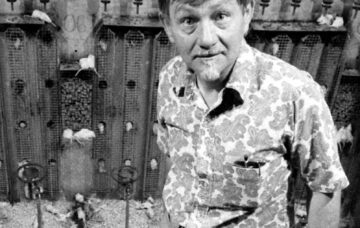 Standing before the Royal Society of Medicine in London on 22 June 1972, the ecologist turned psychologist John Bumpass Calhoun, the director of the Laboratory of Brain Evolution and Behavior at the National Institute of Mental Health (NIMH) headquartered in Bethesda, Maryland, appeared a mild-mannered, smallish man, sporting a greying goatee. After what must surely have been one of the oddest opening remarks to the Royal Society in its storied 200-plus-year history – “I shall largely speak of mice,” Calhoun began, “but my thoughts are on man, on healing, on life and its evolution” – he spoke of a long-term experiment he was running on the effects of overcrowding and population crashes in mice.
Standing before the Royal Society of Medicine in London on 22 June 1972, the ecologist turned psychologist John Bumpass Calhoun, the director of the Laboratory of Brain Evolution and Behavior at the National Institute of Mental Health (NIMH) headquartered in Bethesda, Maryland, appeared a mild-mannered, smallish man, sporting a greying goatee. After what must surely have been one of the oddest opening remarks to the Royal Society in its storied 200-plus-year history – “I shall largely speak of mice,” Calhoun began, “but my thoughts are on man, on healing, on life and its evolution” – he spoke of a long-term experiment he was running on the effects of overcrowding and population crashes in mice.
Members of the Royal Society were scratching their heads as Calhoun told them of Universe 25, a giant experimental setup he had built and which he described as “a utopian environment constructed for mice”. Still, they listened carefully as he described that universe. They learned that to study the effects of overpopulation, Calhoun, in addition to being a scientist, needed to be a rodent city planner.
More here.
Enjoying the content on 3QD? Help keep us going by donating now.

 Erbai, the outsider, approached the other robots by asking them, “Are you working overtime?”
Erbai, the outsider, approached the other robots by asking them, “Are you working overtime?” Twice during a 90-minute interview about her memoir, Cher asked, “Do you think people are going to like it?”
Twice during a 90-minute interview about her memoir, Cher asked, “Do you think people are going to like it?” Kaput is about the problems facing Germany rather than the successes of the UK. Münchau (the clue is in the umlaut) is very pessimistic about his native land. It can do little right, in his view. In the German version of Winnie-the-Pooh, Pu der Bär, he is I-Aah, the gloomy donkey. But I-Aah often has a good point to make, and so does Münchau.
Kaput is about the problems facing Germany rather than the successes of the UK. Münchau (the clue is in the umlaut) is very pessimistic about his native land. It can do little right, in his view. In the German version of Winnie-the-Pooh, Pu der Bär, he is I-Aah, the gloomy donkey. But I-Aah often has a good point to make, and so does Münchau.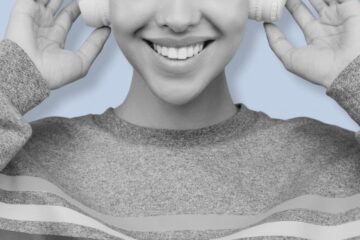 Thirty years ago, when Thomas Brinthaupt became a new parent—and was in the thick of long, sleep-deprived days and nights—he started coping by talking out loud to himself. That inspired him to research why people engage in this type of self-talk. A few key reasons have emerged, including social isolation: As you might expect, people who spend lots of time alone
Thirty years ago, when Thomas Brinthaupt became a new parent—and was in the thick of long, sleep-deprived days and nights—he started coping by talking out loud to himself. That inspired him to research why people engage in this type of self-talk. A few key reasons have emerged, including social isolation: As you might expect, people who spend lots of time alone  Researchers are flocking to the social-media platform Bluesky, hoping to recreate the good old days of Twitter.
Researchers are flocking to the social-media platform Bluesky, hoping to recreate the good old days of Twitter. Can a book change a landscape? If ever a book did, it was The Great Gatsby. And if The Great Gatsby did, it did so thanks to one of its first and most ambitious readers, the urban planner Robert Moses.
Can a book change a landscape? If ever a book did, it was The Great Gatsby. And if The Great Gatsby did, it did so thanks to one of its first and most ambitious readers, the urban planner Robert Moses.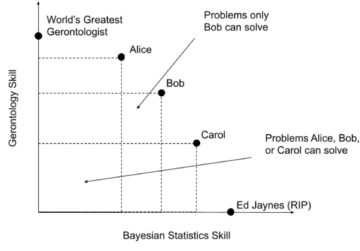 The generalized efficient markets (GEM) principle says, roughly, that things which would give you a big windfall of money and/or status, will not be easy. If such an opportunity were available, someone else would have already taken it. You will never find a $100 bill on the floor of Grand Central Station at rush hour, because someone would have picked it up already.
The generalized efficient markets (GEM) principle says, roughly, that things which would give you a big windfall of money and/or status, will not be easy. If such an opportunity were available, someone else would have already taken it. You will never find a $100 bill on the floor of Grand Central Station at rush hour, because someone would have picked it up already.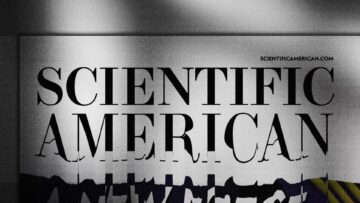 When Scientific American was bad under Helmuth, it was really bad. For example, did you know that “
When Scientific American was bad under Helmuth, it was really bad. For example, did you know that “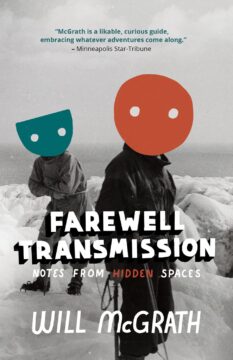
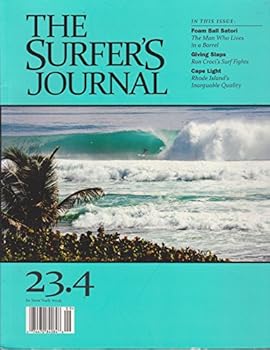 No quote from antiquity sums up the metaphysical challenge of being a surfer more aptly than this one, from Marcus Aurelius, the last Emperor of the Pax Romana: “There is a river of creation, and time is a violent stream. As soon as one thing comes into sight, it is swept past and another is carried down: it too will be taken on its way.” Waves, by their nature, do not hold still. “Catching” one, therefore, can be a kind of thought experiment, a quantum paradox. To hitch yourself onto a surge of liquid energy—to soar across its frothing surface—demands both physical and mental suspension of disbelief.
No quote from antiquity sums up the metaphysical challenge of being a surfer more aptly than this one, from Marcus Aurelius, the last Emperor of the Pax Romana: “There is a river of creation, and time is a violent stream. As soon as one thing comes into sight, it is swept past and another is carried down: it too will be taken on its way.” Waves, by their nature, do not hold still. “Catching” one, therefore, can be a kind of thought experiment, a quantum paradox. To hitch yourself onto a surge of liquid energy—to soar across its frothing surface—demands both physical and mental suspension of disbelief. A
A A
A